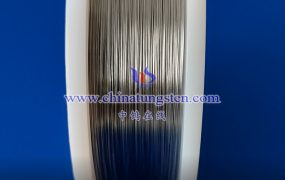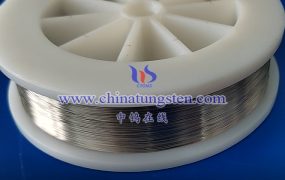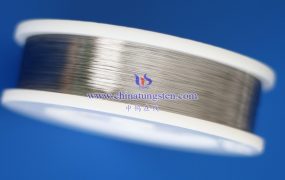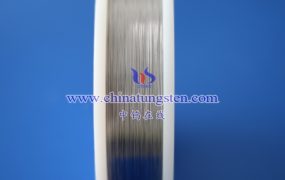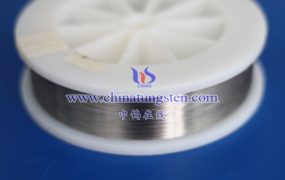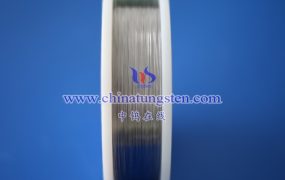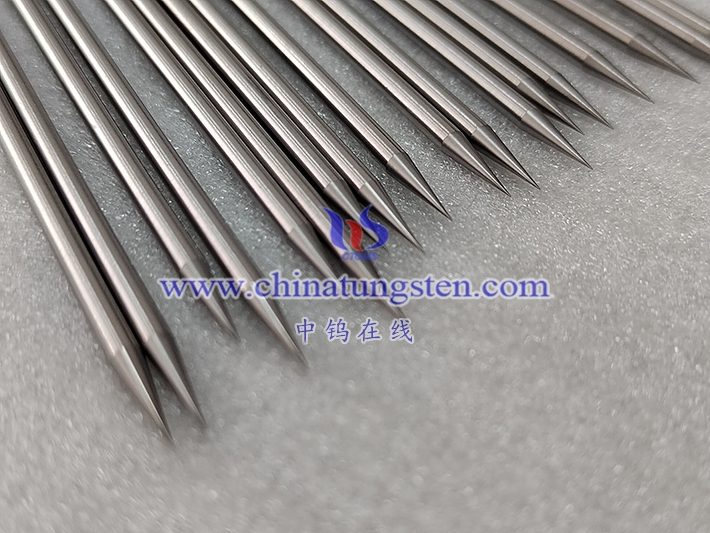
Tungsten needles have several advantages in scientific research, making them a popular choice in various applications. Here are some advantages of tungsten needles in scientific research:
High melting point: Tungsten has a very high melting point of 3422°C, making it suitable for use in high-temperature applications.
Hardness: Tungsten is one of the hardest materials available, which makes it highly resistant to wear and deformation. This property is essential in applications where the needle needs to maintain its shape and sharpness over extended use.
Chemical resistance: Tungsten is highly resistant to chemical corrosion and can withstand exposure to a wide range of chemicals, making it suitable for use in harsh environments.
Low thermal expansion: Tungsten has a very low coefficient of thermal expansion, meaning it does not expand or contract significantly when exposed to temperature changes. This property makes it suitable for use in applications that require dimensional stability.
High electrical conductivity: Tungsten is a good conductor of electricity, making it suitable for use in applications that require electrical conductivity, such as in electron microscopy and nanotechnology.
Biocompatibility: Tungsten is biocompatible, meaning it is safe for use in medical applications, such as for making surgical needles and probes.
Overall, tungsten needles are highly durable, precise, and versatile, making them suitable for use in a wide range of scientific research applications, including microscopy, electrophysiology, nanotechnology, and more.
